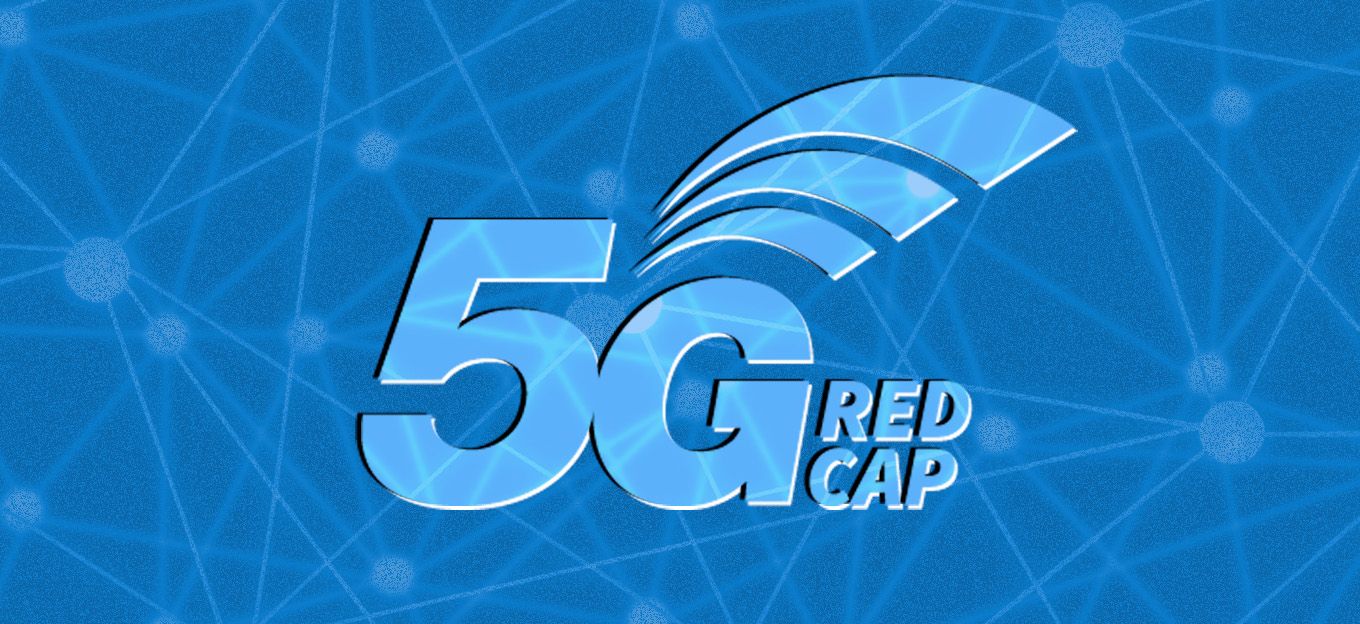Decentralization at Scale: It’s Time to Bring IoT and Blockchain Together
Decentralization at Scale: It’s Time to Bring IoT and Blockchain Together
- Last Updated: December 2, 2024
Ken Briodagh
- Last Updated: December 2, 2024



IoT is, by definition, a decentralized network of devices, and it’s become clear that thinking about security and connectivity the way they work in closed IT environments doesn’t work all that well for IoT -- especially for Consumer IoT applications. Over the last few years, many leading thinkers in IoT and network security have been looking at how the inherently distributed design of blockchain might marry with the needs of both consumers and enterprise users in a more effective and natural design.
Is the future of low-power connectivity for Consumer IoT and Industrial IoT use cases associated with blockchain?
Well, one company is putting their money where that thinking leads. Helium has spent several years deploying publicly available LPWAN network connectivity across the U.S. and the world by selling consumer-deployed hotspot devices that allow IoT edge devices to link to the low-power wide-area network. The company says that only about 100 devices would be enough to cover most cities.
In recent news, San José, California, announced in September that it had launched an infrastructure initiative to bring Helium’s “The People’s Network” to its citizens to enable Consumer IoT applications throughout the city. This makes San José the first city to officially join the Helium blockchain-based network.
The company first started selling its IoT hotspots in 2019, and since its launch, more than 46,000 of the devices have gone live across 75 countries and 5,000 cities globally.
One secret to their success has been that, while the devices create publicly available IoT connectivity networks, the individual consumers can use them to mine a custom blockchain-supported cryptocurrency called Helium Network Tokens (HNT), which can be converted into dollars for the owners.
According to coverage in EETimes, the company’s next phase will be to roll out a CBRS 5G gateway that will allow consumers to augment and support their own mobile 5G coverage while still enhancing the public network and mining HNT. Helium said in April that it is “talking to a tier-one U.S. carrier” about allowing its customers to roam on the Helium 5G hotspots.
Of course, all of that is interesting, but what does this merging of IoT, public network, and blockchain mean for security across the industry?
The answer is in the fundamental limits of computing itself. Blockchain works through what’s called “proof of work” that uses the fact that any single computing device (i.e., a CPU) can only be solving one operation at a time to be as fast as possible at each computation. Therefore, each cryptocurrency miner can only be working for one identity at a time, so each “coin” is traceable to a single unforgeable identity. This identity verification is relevant, of course, to IoT. Still, to make it even more usable and tailored to radio network identity, Helium has also based its identity proof of workaround location. Each of its gateways can only claim one unique location. Once the operations are verified and identity is shown to be trustworthy, the user and the network are off and running. Helium thereby has designed a blockchain around a self-verifying network of gateways that provides message provenance, microtransactions, and open access to anyone.
Is this the future of low-power connectivity for Consumer IoT and Industrial IoT use cases? I can’t say for sure, but it’s a more promising and forward-thinking solution than I think I’ve seen to the extremely challenging joint problems of Consumer adoption and secure IoT communications.
The Most Comprehensive IoT Newsletter for Enterprises
Showcasing the highest-quality content, resources, news, and insights from the world of the Internet of Things. Subscribe to remain informed and up-to-date.
New Podcast Episode

Moving Past the Pilot Phase in IoT and AI
Related Articles





